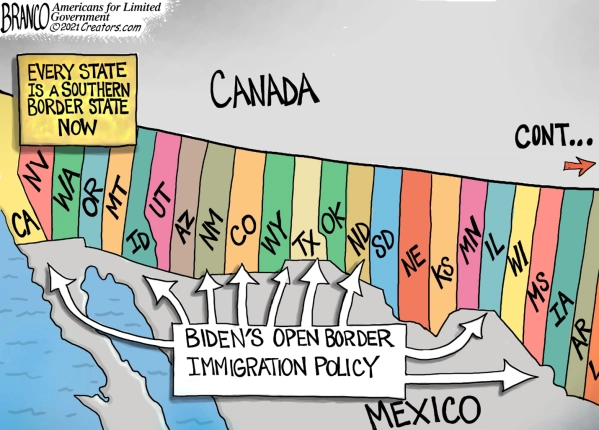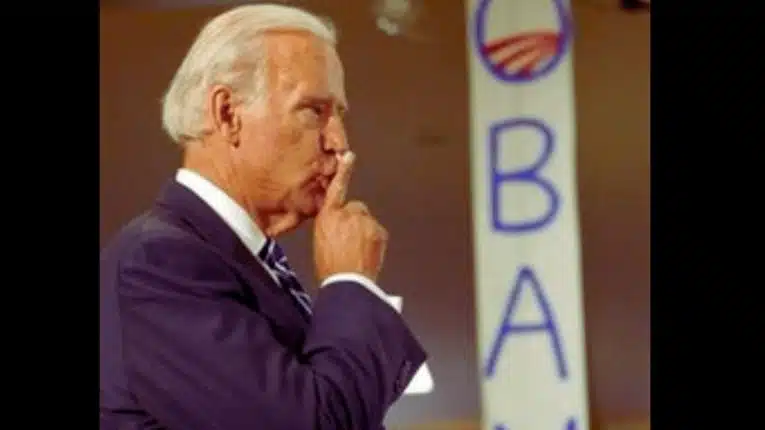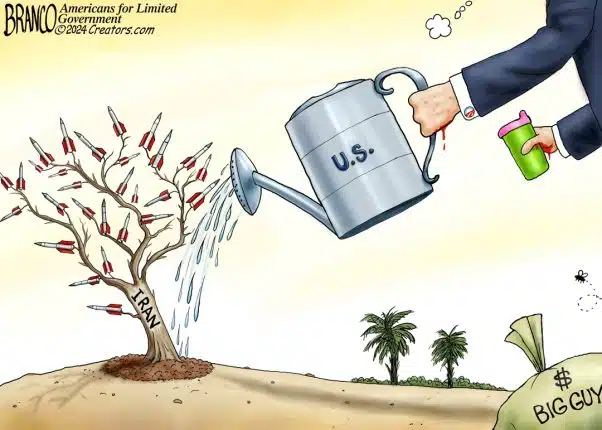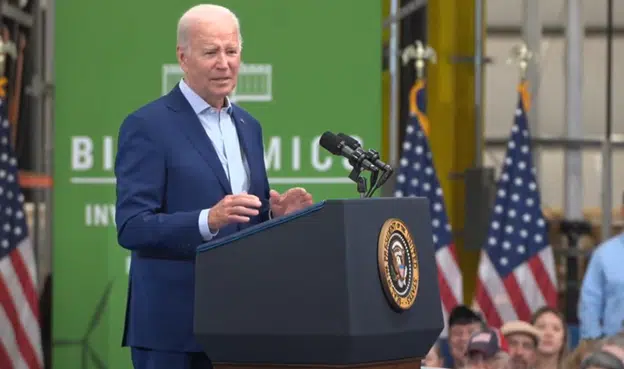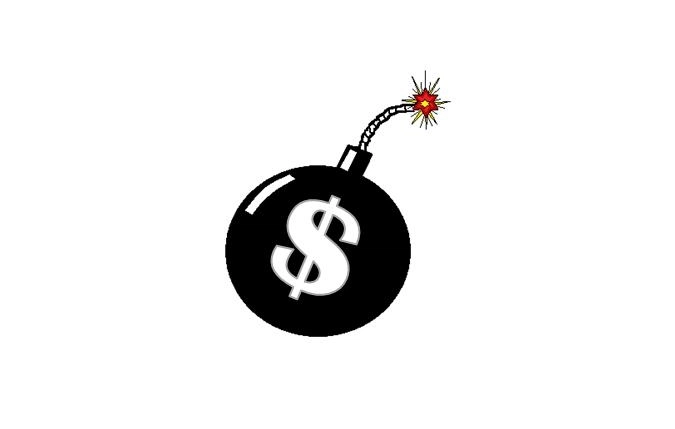
According to Euro Pacific Capital Chief Economist Michael Pento, the Fed has just $52.5 billion of capital to back its $2.7 trillion balance sheet, an equity cushion of just 2 percent.
Over $917 billion of that balance sheet is in mortgage-backed securities (MBS), the same assets whose depreciation played a central role in the financial crisis. If the value of those securities, which are linked to housing values, were to fall by just 6 percent, the Fed would be bankrupt.
That’s particularly disconcerting, especially with housing in a double-dip recession. Home values are now lower than they were in April 2009, the previous bottom in the housing market. Another 6 percent of price depreciation is not out of the question.
Pento compared the Fed to investment firms like Bear Stearns that bet poorly on housing, and eventually became insolvent. “Prior to the bursting of the credit bubble, the public was shocked to learn that our biggest investment banks were levered 30 to 1. When asset values fell, those banks were quickly wiped out. But now the Fed is holding many of the same types of assets and is levered 51 to 1,” he commented.
Making matters worse, Pento reports that in January, the Fed changed its accounting practices “to ensure that it never technically runs out of capital.” Instead, it is now booking any losses as Treasury liabilities, essentially putting taxpayers on the hook for bailing out the central bank — all without any vote in Congress. Pento called it “a system that would make Enron jealous.”
When the Fed announced the move, Bank of America-Merrill Lynch analyst Brian Smedley, a former New York Fed staffer, and colleague Priya Misra wrote in a research note, “The timing of the change is not coincidental, as politicians and market participants alike have expressed concerns since the announcement (of a second round of asset buys) about the possibility of Fed ‘insolvency’ in a scenario where interest rates rise significantly.”
Of course, potential rising interest rates are not the only threat to the Fed’s solvency. After QE2 ends this month, the Fed will be continuing its program to sell $917 billion of MBS and then using the money to purchase yet more treasuries.
With housing in decline once again, the value of its MBS are a legitimate concern if it plans to continue the program. Pento notes, if “financial institutions were forced to pay par for the Fed’s mortgage assets, Bernanke would destroy a great deal of their capital and a new breed of zombie banks would re-emerge.”
So, hence the accounting trick. The Fed can still sell all the mortgage paper it wants for less than it purchased them — without any seeming consequences to its bottom line.
But who knows how bad it really is? According to the Financial Times Robin Harding, the Fed “will never have to report negative capital on its weekly balance sheets unless it suffers catastrophic losses.” How would anyone know, then, when losses are just bad, or really, really bad?
Because if insolvency is merely a matter of accounting to the central bank, then this issue lends a lot of credence to Rep. Ron Paul’s proposal to audit the Fed from top to bottom. If it is to be the steward of the dollar and our nation’s economic health, and takes on trillions of dollars of risk, there has to be an independent means of seeing if it is playing by any rules at all.
Or, if it is just a bad bank.
Robert Romano is the Senior Editor of Americans for Limited Government.


